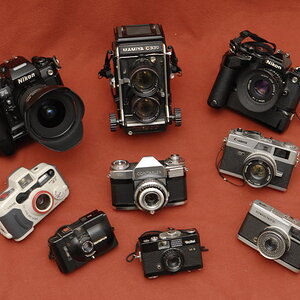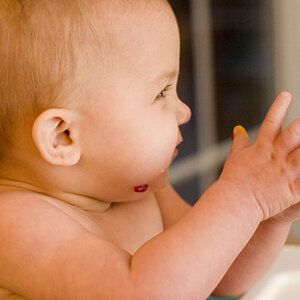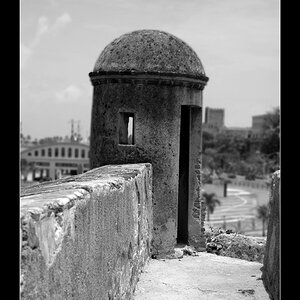Drew1992
TPF Noob!
- Joined
- Mar 27, 2011
- Messages
- 71
- Reaction score
- 2
- Location
- Montana
- Can others edit my Photos
- Photos NOT OK to edit
I have a new laptop and an LCD Screen/T.V. and would like to edit images using PS CS5 and Lightroom 3 using dual monitors(LCD screen as one) and have read about how important color calibration is between monitors and for print output as well.
Can this be accomplished in Windows or do I need to buy software such as X-Rite i1?
I am sitting in front of both the laptop and LCD Screen with the monitors "mirrored" and the color is VERY different between the two. I am clueless about how to go about this. Any advice or info. to point me in the right direction would be greatly appreciated!
Anyone use the X-Ritei1, Spyder 3, or the more expensive version that's out there? I welcome any input on whichever one you have and use or have tried in the past.
Thanks!
Can this be accomplished in Windows or do I need to buy software such as X-Rite i1?
I am sitting in front of both the laptop and LCD Screen with the monitors "mirrored" and the color is VERY different between the two. I am clueless about how to go about this. Any advice or info. to point me in the right direction would be greatly appreciated!
Anyone use the X-Ritei1, Spyder 3, or the more expensive version that's out there? I welcome any input on whichever one you have and use or have tried in the past.
Thanks!
Last edited:













